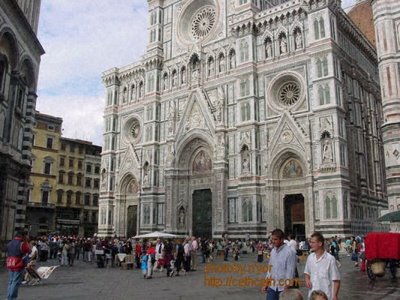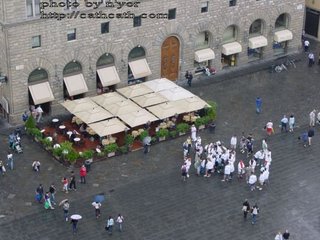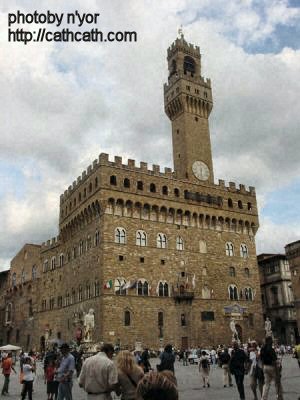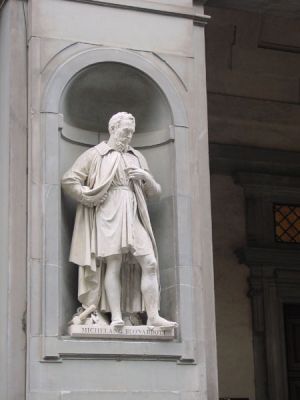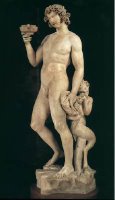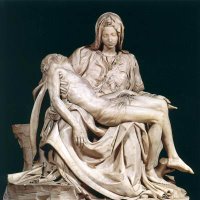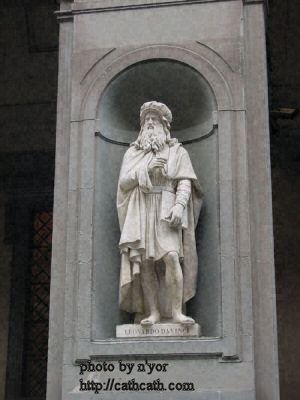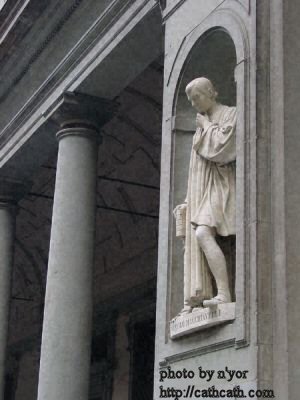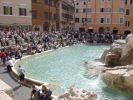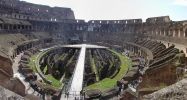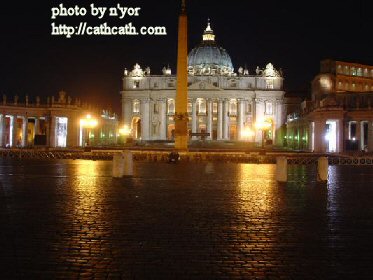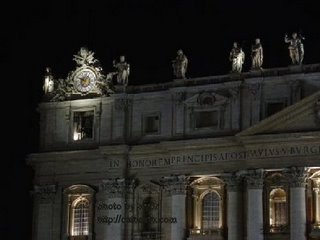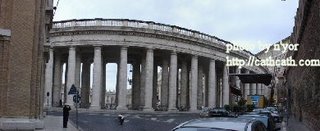My brother lived in Italy for four years before coming back to the United States.
Two sisters and a brother visited him during his stay in that lovely country.
Most of the pictures shown in this blog were from his camera when he was showing the siblings around. That's what you call budget travel. Saved on hotel accommodation.
The places visited are the following:
* Milan (Milano, Lombardia): 3,839,216
* Rome (Roma, Lazio}: 3,807,992
* Naples (Napoli, Campania): 3,092,859
* Turin (Torino, Piemonte): 2,236,941
* Palermo (Palermo, Sicilia): 1,239,272
Information about ITALY
From Wikipedia, the free encyclopedia
Capital Rome
Largest city Rome
Official language(s) Italian
Government Republic
Area
Total 301,230 km² (71st)
Population
- 2006 est. 58,594,273 (22nd)
Italy, officially the Italian Republic (Italian: Italia, IPA: [i'ta:lja] or Repubblica Italiana, IPA: [re'pub:lika ita'lja:na]), is a Southern European country. It comprises the Italian peninsula, the Po River valley, and two large islands in the Mediterranean Sea, Sicily and Sardinia, and shares its northern alpine boundary with France, Switzerland, Austria, and Slovenia. The country also shares a sea border with Croatia, and France. The independent countries of San Marino and the Vatican City are enclaves within Italian territory. It is shaped like a boot, and for this reason it is commonly called lo stivale (Italian for the boot).
